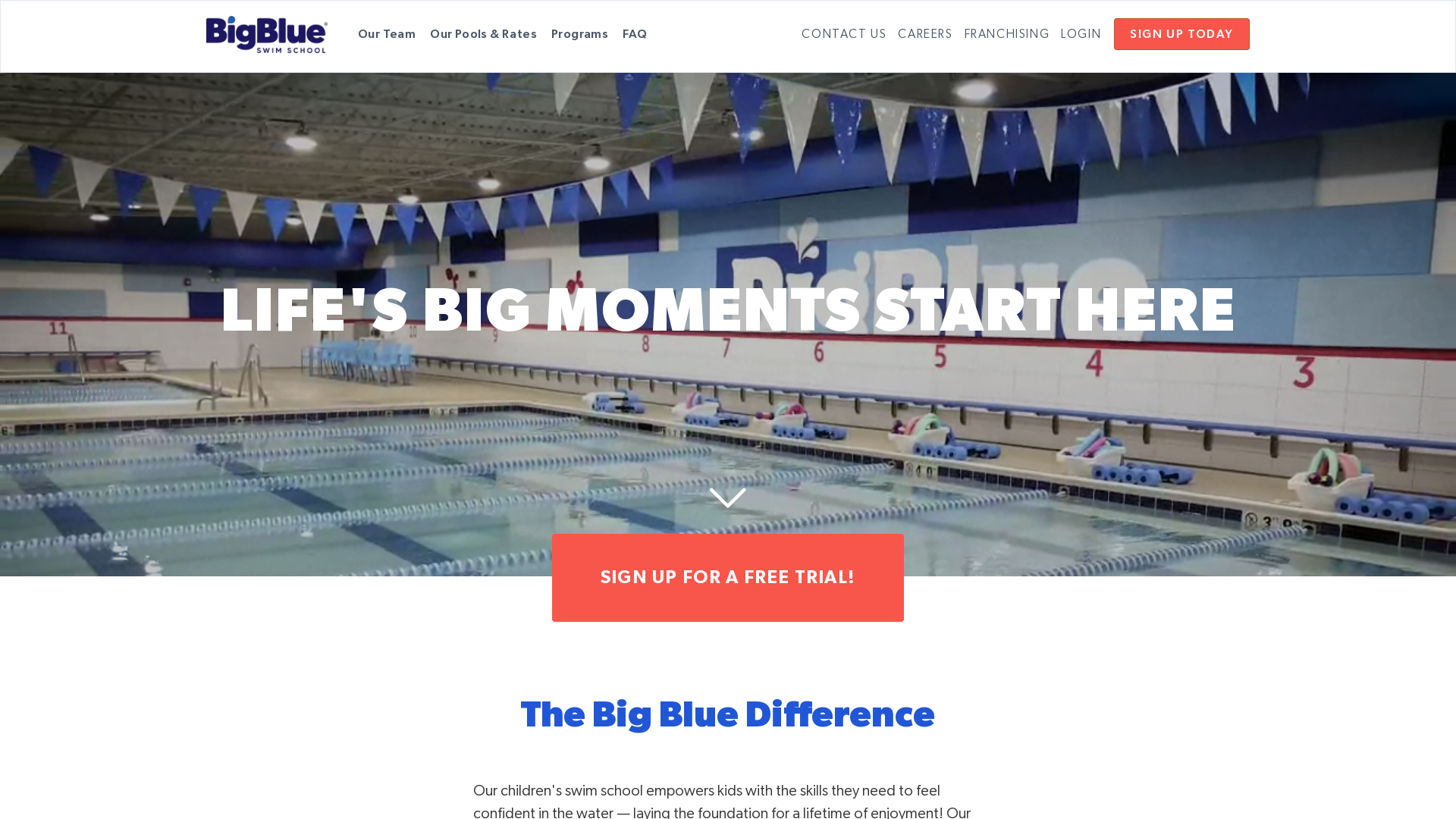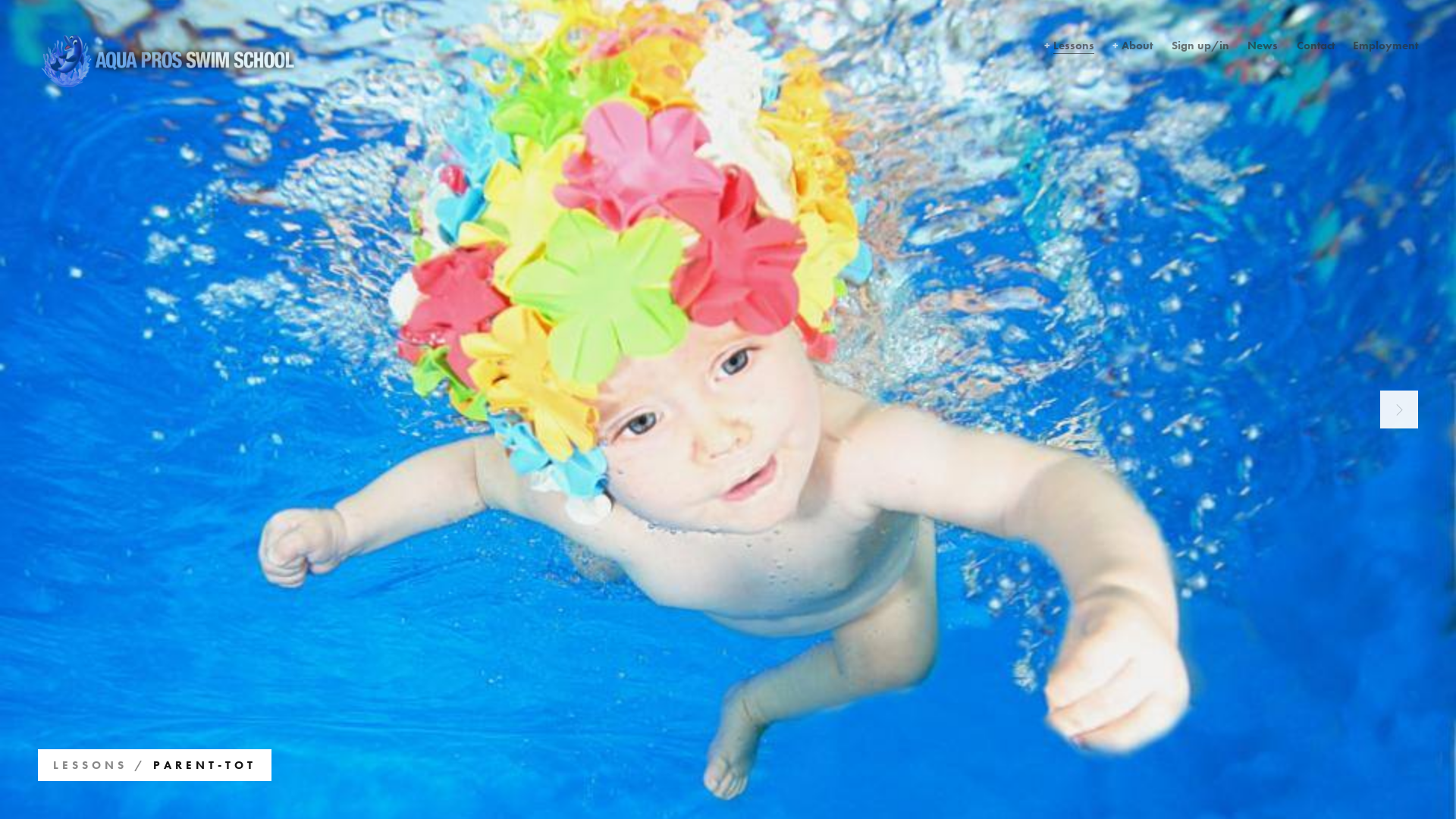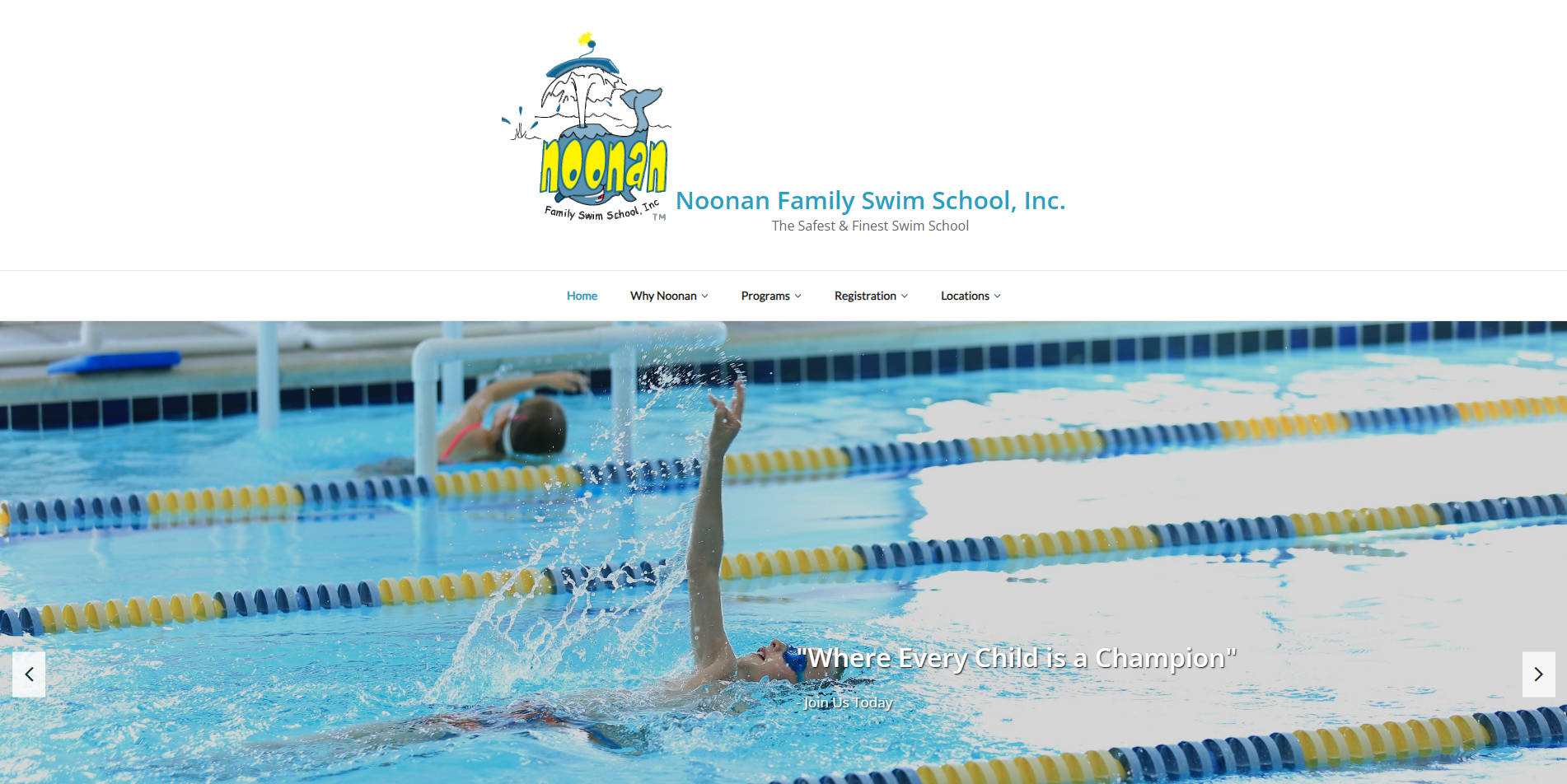Frequently Asked Questions
Swim schools cater to a broad range of age groups; they're not limited only to children or adults. They offer classes for infants, toddlers, school-age children, teenagers, and even adults.
Infants and toddlers typically start with parent-child sessions, where they learn basic water comfort and safety skills. As children grow older, they can transition to classes that teach more advanced skills like stroke technique and endurance swimming.
Teenagers and adults, on the other hand, can opt for beginner classes if they're new to swimming, or more advanced classes if they're looking to enhance their skills. Some swim schools even offer classes for seniors, focusing on low-impact exercise and joint health.
Hence, when choosing a swim school, one of the key considerations should be the variety of age groups catered to; ensuring that the school can accommodate the learner's unique requirements at every stage of their swimming journey.
When delving into the world of swim schools, one critical aspect to consider is the class size; this can vary considerably between different institutions. Generally speaking, the typical class size in a swim school ranges from four to six students per instructor. This small group setting is designed to foster personalized attention and guidance, ensuring that each swimmer's needs and skill levels are appropriately catered to.
However, it's worth noting that class size can be influenced by various factors such as the swim school's teaching philosophy, the age group, and the specific program. Some schools might offer private one-on-one lessons, while others could have large group classes designed for older or more advanced swimmers. So, when comparing swim schools, it's essential to consider class sizes alongside other factors like the school's reputation, the quality of instructors, and the teaching methodology.
Swim school instructors typically boast a robust repertoire of qualifications; these serve to ensure your confidence in their ability to provide safe, effective swimming instruction.
At the core, a certified swim instructor will have completed a recognized training program, such as those offered by the American Red Cross or the Swimming Teachers' Association. This credential is a testament to their mastery of swim techniques, safety protocols, and teaching methodologies.
In addition, many instructors are CPR and First Aid certified, enhancing their readiness for any unexpected scenarios in the water.
Moreover, the real charm of a swim school often lies in the experience and specialization of its instructors. Some focus on teaching specific age groups, like children or adults, while others have honed skills for instructing individuals with disabilities or fear of water.
This diversity in expertise means you can find the right match for your specific needs. When comparing swim schools, look beyond the basic qualifications; delve into the instructors' backgrounds, specializations, and years of experience to ensure your selection aligns with your swimming goals and comfort level.
Swim schools across the globe typically operate on a diverse schedule; flexibility is key in their offerings. Many schools conduct classes multiple times a week - often two to four times - to ensure progressive learning; however, the frequency can vary based on several factors. These factors may include the learner's age, skill level, and the specific goals of the program.
When comparing options, it's crucial to consider this variety in scheduling. Some swim schools may offer intensive courses with daily sessions for quicker learning; others may provide weekly sessions for slow and steady progress. In essence, the frequency of classes in swim schools is not a one-size-fits-all, but rather a tailored approach designed to fit the individual needs of the learner. To make an informed decision, it's advised to review and understand the scheduling details of each swim school you're considering.
Swim school programs are as diverse as the students who attend them; thus, pinpointing an "average" duration can be somewhat tricky. Generally, these programs can range from short-term crash courses that last for a few weeks, to more comprehensive programs spanning several months. The duration largely depends on the school's curriculum, the student's swimming proficiency, and the specific swimming skills being targeted.
For beginners, it may take several months of weekly lessons to become comfortable and safe in the water; whereas advanced swimmers looking to refine their stroke technique may find shorter programs adequate.
However, it is crucial to remember that learning to swim is not a one-size-fits-all process. Some students may grasp the basics quickly, while others may require extra time for mastery. Therefore, when comparing swim school options, look beyond the program duration; consider factors like the teaching approach, student-to-instructor ratio, and the school's overall philosophy towards swimming instruction. This comprehensive understanding will help you make an informed decision that aligns with your or your child's learning pace and swimming goals.
Absolutely; swim schools are by no means exclusive to children. They often offer various classes catered to adults, from beginners to advanced level. Adults can significantly benefit from swim schools, as they provide a safe and supportive environment to learn and improve swimming skills; this can lead to an increased level of comfort and safety in water, better physical fitness, and even provide a fun, social activity.
In terms of San Diego specifically, you're in luck! This sunny coastal city offers an array of swim schools that accommodate adults. Many of these institutions understand the unique needs of adult learners, and offer flexible schedules, personalized instruction, and the opportunity to learn in both indoor and outdoor pools to take advantage of San Diego's lovely weather. So, whether you're an adult looking to conquer a fear of water, improve your stroke technique, or simply seeking a low-impact way to stay fit, San Diego’s swim schools have got you covered.
In an exploration of swim schools, one of the pivotal aspects to consider is the cost. Swim schools' pricing varies significantly, hinging on several factors; these include the location, the experience and qualifications of the instructors, the size of the class, and the length and frequency of the lessons. On average, you could expect to pay anywhere from $20 to $60 per lesson. However, many swim schools offer package deals; these bundle multiple lessons together at a discounted rate, providing a more economical option for families.
When you dive into the specifics of San Diego, the city's coastal location and warm climate make it a hub for water-related activities, including swim schools. As such, the cost can be a bit higher due to increased demand. Yet, the wealth of options available in this sun-soaked city allows for a range of prices, ensuring you can find a swim school that fits your budget while still providing top-notch instruction.
Swim schools in San Diego are renowned for their commitment to safety, their high-quality instruction, and their variety of programs. Among the myriad of options, two swim schools stand out; the Floaties Swim School and the Aqua Pros Swim School.
Floaties Swim School, known for its dedicated, certified instructors, offers a personalized approach to each student, ensuring they develop critical water safety skills.
Aqua Pros Swim School, on the other hand, is praised for its small class sizes and innovative teaching methods that cater to students of all ages and abilities.
Both schools, while unique, offer an engaging, supportive learning environment that fosters not only swimming proficiency, but also a lifelong love for the water.
Be sure to compare their course offerings, tuition fees, and student reviews to make an informed decision.
Swim schools in San Diego are uniquely characterized by their accessible, year-round outdoor swimming opportunities, thanks to the city's mild, sunny climate; a distinct advantage not common in other parts of the country.
A majority of these schools offer a wide range of programs catering to different age groups and swim abilities, from infants to adults; from beginners to advanced swimmers.
Additionally, San Diego's proximity to the Pacific Ocean often leads to a stronger emphasis on ocean safety and open water swimming lessons; this focus is less prevalent in landlocked regions.
However, similar to swim schools nationwide, those in San Diego uphold stringent safety standards, employ certified instructors and use progressive learning techniques to instill confidence and enhance skills.
In your comparison of swim schools, remember to consider factors such as instructor credentials, teaching methods, class sizes, and pricing structures; these elements can vary widely from school to school, regardless of location.
A thorough exploration of reviews and ratings can also provide key insights into the quality of instruction and overall satisfaction of learners.
Indeed, there are several swim schools in San Diego that offer swim classes specifically designed for children with special needs; these classes are typically led by instructors who are trained to work with children who have various disabilities.
These swim schools understand that swimming is not just a fundamental skill, but also an excellent therapeutic exercise for children with special needs. They create a compassionate and safe environment where these children can learn at their own pace, respecting their unique abilities and challenges.
When comparing options, prioritize those swim schools that emphasize individualized instruction, small class sizes, and professionals who have experience with special needs children. You may also want to consider schools that offer a trial class or a flexible schedule, in line with the needs and abilities of your child.
Reading reviews and seeking personal recommendations can also be quite helpful when making your decision. Remember, it's not just about learning to swim; it's about building confidence, improving motor skills, and having fun in a supportive and inclusive environment.
Absolutely; there are significant differences in the curriculum between competitive and recreational swim schools.
Recreational swim schools typically focus on imparting essential swimming skills and water safety; the goal is often to build confidence and comfort in the water. The curriculum might include learning different strokes, treading water, and perhaps even some basic rescue techniques.
Conversely, competitive swim schools delve deeper, honing techniques, improving speed, and increasing endurance. Students might learn advanced techniques such as flip turns, race starts, and specific stroke refinement. They often participate in rigorous training sessions aimed at preparing them for swim meets and races.
While both types of schools impart crucial swimming skills, the choice between the two should be based on your personal goals; whether you aim for leisurely swims at the beach or aspire to compete at the state level.
When comparing swim schools, it's essential to look beyond the surface; delve deep into the details to navigate the best choice.
Begin with the instructors' qualifications; are they certified by recognized aquatic organizations?
Next, consider the student-to-teacher ratio; a lower ratio often ensures more personalized instruction.
The curriculum should also play a significant role in your decision-making process. Does it adhere to established swimming standards and does it cater to different age groups and skill levels?
Additionally, pay heed to the facility itself; cleanliness, water temperature, and safety measures are all vital factors.
Lastly, consider online reviews and word-of-mouth recommendations; they can often provide an authentic glimpse into the swim school's operations.
Remember, the best swim school for you will tick all your specific requirements, aligning with your goals, budget, and convenience.






















